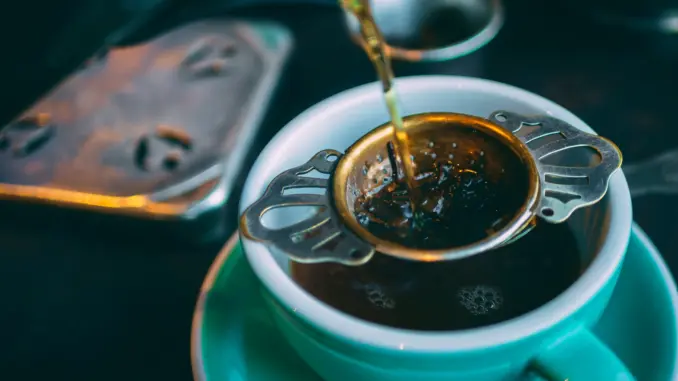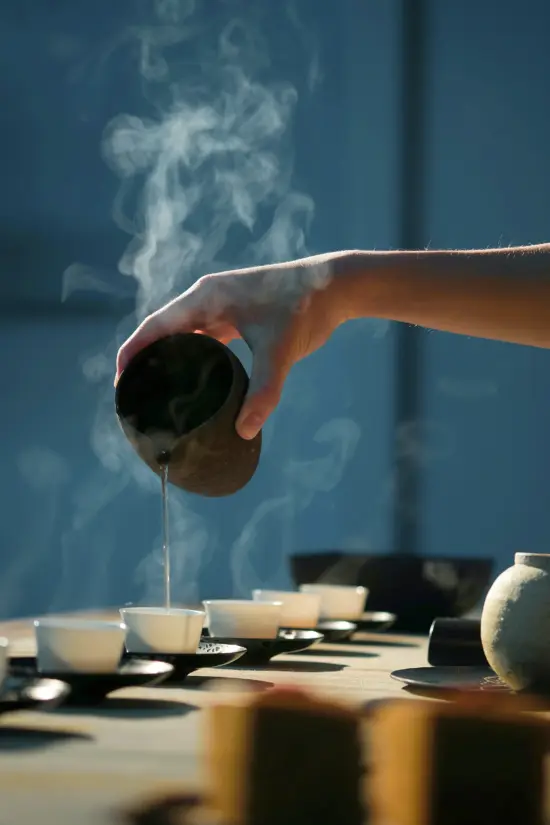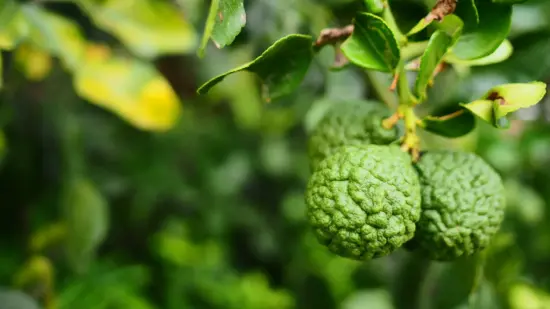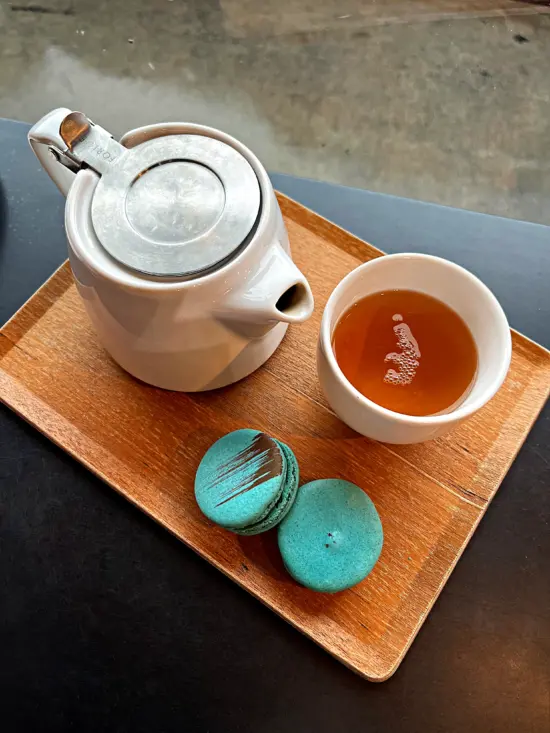
We explore the history of this industry favorite, how it’s made, and the unique ways it’s being incorporated into café menus.
BY EMILY JOY MENESES
BARISTA MAGAZINE ONLINE
Featured photo by Matt Seymor via Unsplash
We see Earl Grey at almost every café—but do you know how the tea became a coffeehouse staple in so many parts of the world? In today’s installment of “Know Your Ingredients,“ we’re exploring everything Earl Grey, including how it’s made, how it became popular, and the unique ways it’s being incorporated into shop menus.

Making Earl Grey
To start, let’s talk about what Earl Grey actually is: black tea scented with bergamot oil. Bergamot oil comes from the bergamot orange (citrus bergamia). This fragrant citrus fruit is about the size of an orange. It has a bumpy rind and a yellow-green color reminiscent of lime. The bergamot orange is believed to be a hybrid of bitter orange and lemon or lime, and its flavor is sharp and sour.
The parents of the bergamot orange are believed to have originated in Asia, and eventually arrived in Italy. Centuries of trade and cross-pollinating produced the bergamot orange. Today, Italy is the top producer of bergamot oranges, with fruits growing abundantly along the coast of the Ionian Sea.
It takes about 100 bergamot oranges to produce just 3 ounces of bergamot oil. To make Earl Grey tea, black tea leaves are flavored with the oil, with ratios varying between varieties. Different types of black tea, such as Darjeeling, Ceylon, or Assam, can be used. The resulting tea is beautifully aromatic and flavorful.

Unexpected Origins
Contrary to common belief, Earl Grey is not an English invention, though it was popularized in England. Earl Grey and other scented teas actually stem from ancient China. There, tea leaves were often infused with herbs and flowers such as jasmine or rose. This made the beverage all the more alluring to emperors and other royalty around the world.
We can trace the consumption of Earl Grey tea back to the 1820s. There are several stories circulating about how exactly the tea was first created. One story tells of how, during a trip to China, English Prime Minister Charles Grey was gifted black tea scented with the oil of bergamot oranges—and the resulting beverage was named after him. Some believe that Earl Grey was created when bergamot oranges were accidentally mixed with tea leaves being shipped from China to England. The result was a pleasing combination of aromas and tastes. Regardless of which story is true, the creation of Earl Grey was a cross-cultural affair—a melding of traditions and flavors from around the world.

Earl Grey on the Menu
Apart from simply brewing Earl Grey tea, there are so many ways to enjoy the flavor of this aromatic beverage. You may have heard of a London Fog—Earl Grey sweetened and then topped with steamed milk (which tastes great “dirty“ with a shot of espresso). Or maybe you’ve enjoyed a slice of Earl Grey-flavored cake. Located in Los Angeles’ Koreatown, Alchemist Coffee Project offers Earl Grey macarons in their shop, along with the loose-leaf tea.
With a story dating all the way back to the 1820s, Earl Grey is a living legend in the food and beverage world. We’re happy to see that this drink has withstood the test of time.
ABOUT THE AUTHOR
Emily Joy Meneses (she/they) is a writer and musician based in Los Angeles. Her hobbies include foraging, cortados, vintage synths, and connecting with her Filipino roots through music, art, food, and beverage.



